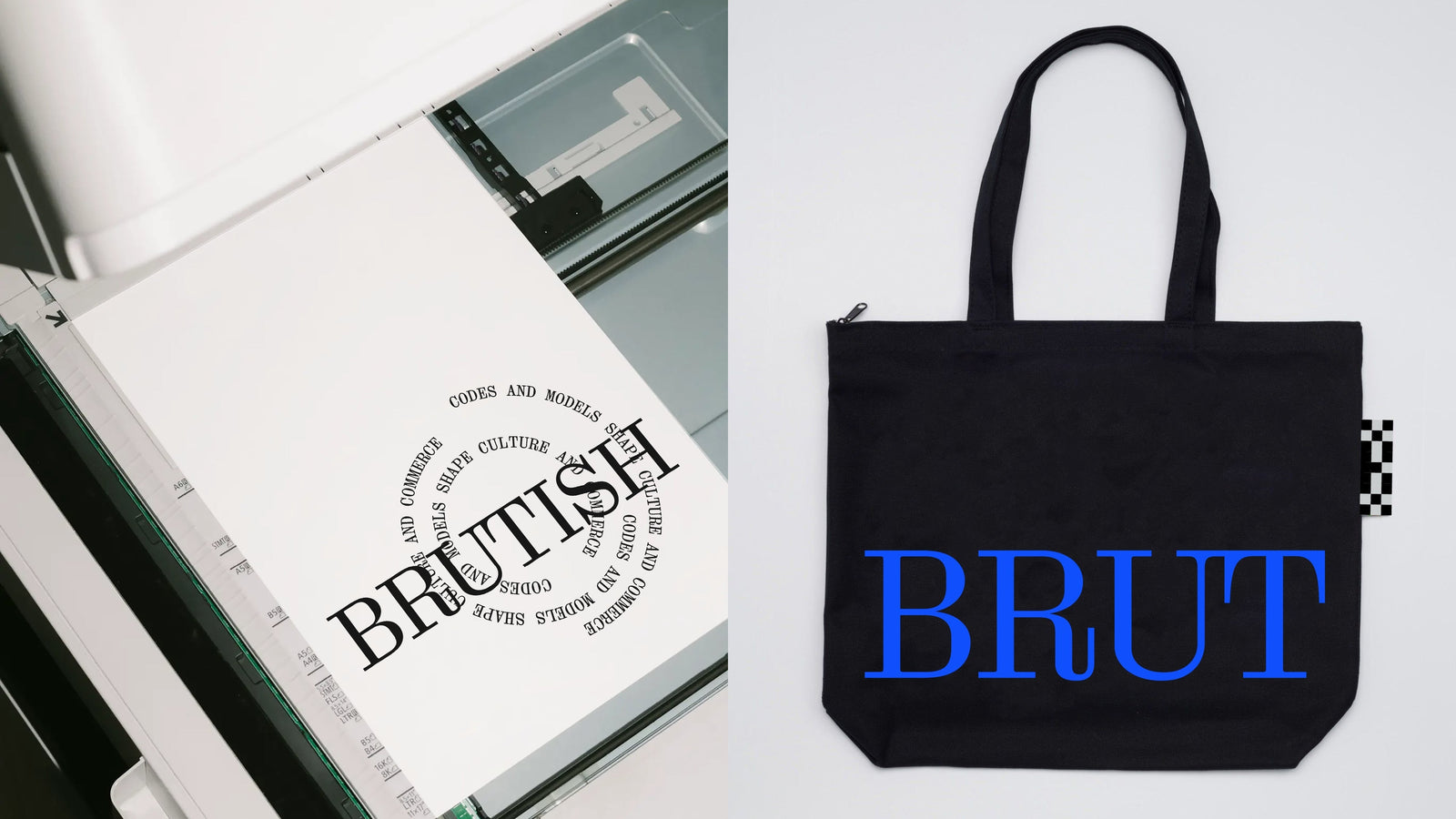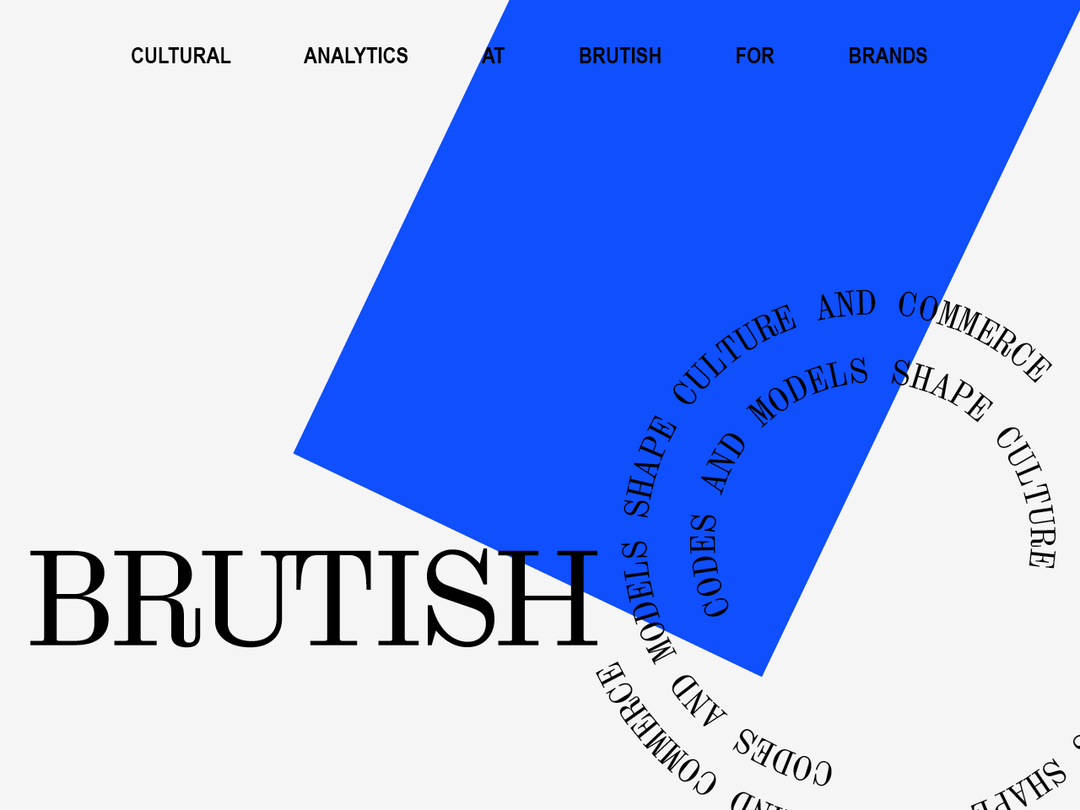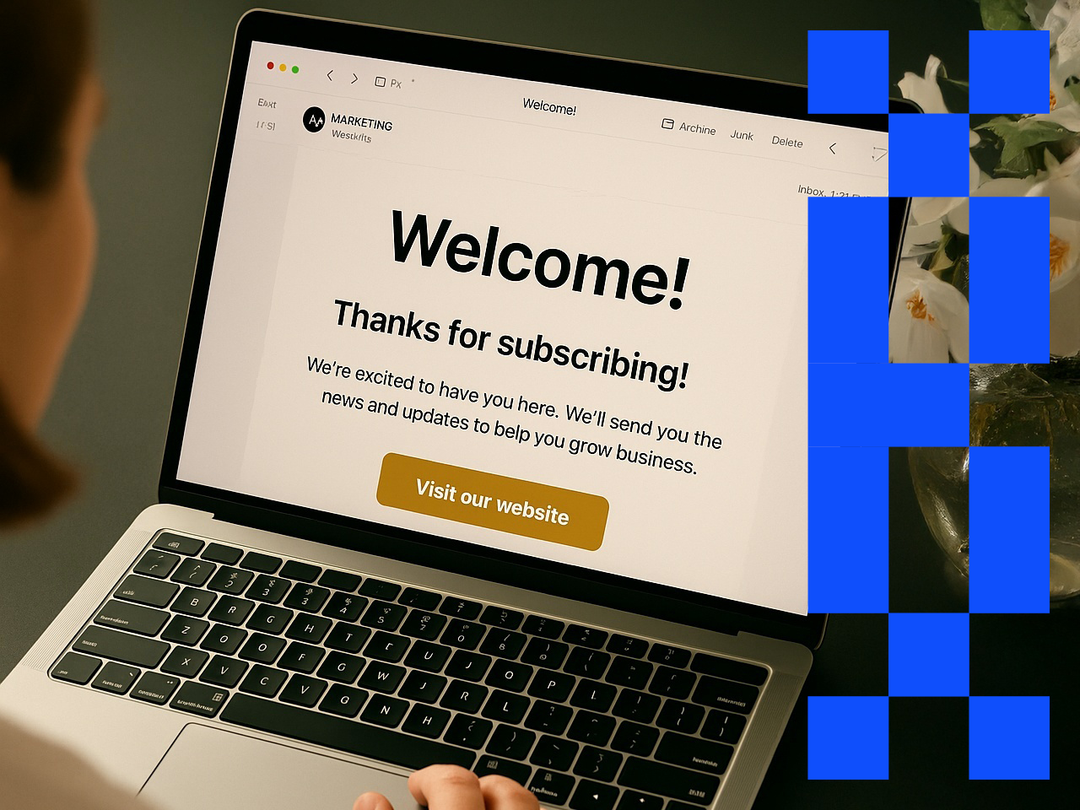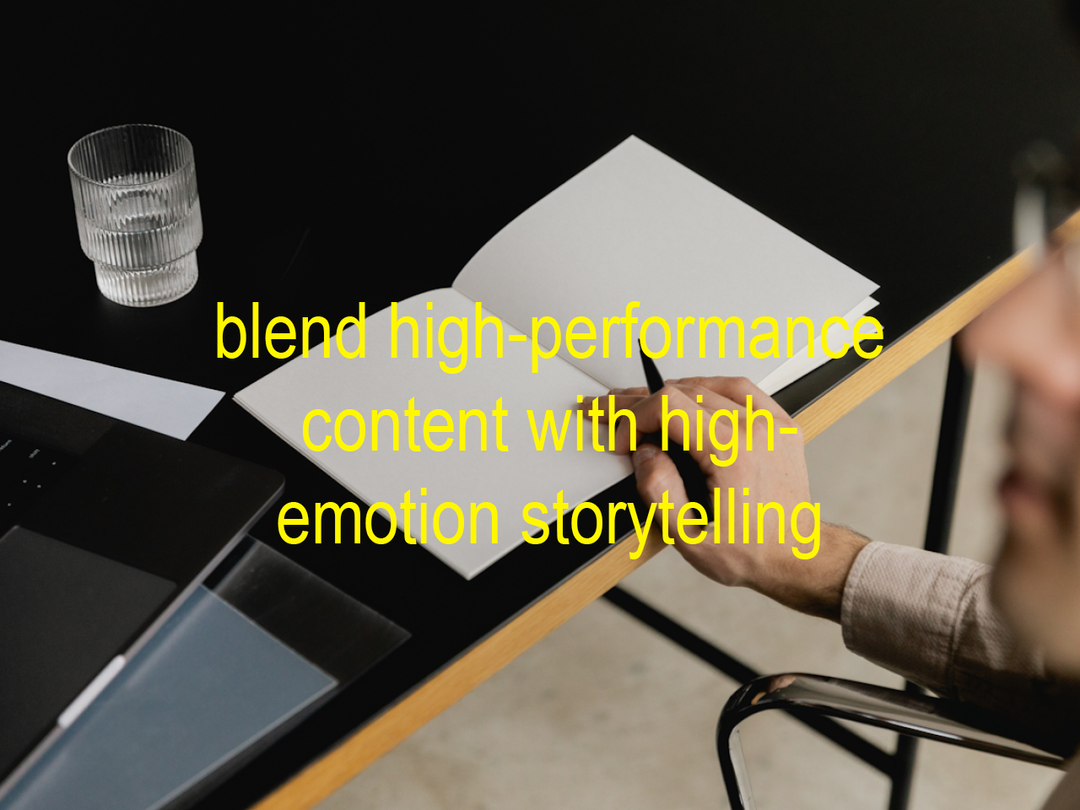Why Email Still Isn’t Treated Like Web Design (But Should Be)

Despite two decades of internet maturity, email still hasn’t earned the design reverence websites command, and maybe that’s the point.
While websites are seen as public canvases for creativity, interactive and visual, email remains cast as a workhorse: utility-driven, invisible, and often ugly. The inbox is not where brands typically show off. It’s where they perform logistics. This is a cultural blind spot, and it has consequences.
Why does email still lack the design credibility of web? For starters, it's a technical thing. Email is riddled with rendering issues, inconsistent client behavior, and outdated HTML constraints. You can design a beautiful email, only for it to fall apart in Outlook. But beyond that, the difference is social and symbolic.
Websites are public-facing, persistent, and viewable by anyone. That visibility turns them into brand theatres. Email, by contrast, is private and transient. It lands in someone’s inbox for a moment and is usually gone by the afternoon. We don't screenshot inboxes for moodboards. We don't pin newsletters to inspiration boards. And because of that, email is rarely perceived as a space for creative authorship.
But this underestimation also creates opportunity.
In recent years, some forward-thinking brands - Substack creators, editorial loyalty programs, cult DTC brands—have begun treating email with the same editorial discipline as websites. They write for tone. They design for rhythm. They make newsletters feel like zines, not flyers. One standout example is Dazed, whose appointment of Special Offer Inc. as creative director has extended beyond visual identity and into email. Under their influence, Dazed’s emails now echo the same considered, conceptual energy as their website—offering a cohesive, editorially-driven experience that treats the inbox as a canvas rather than a channel. But these cases remain rare. Most brands still see email as a backend tool, not a front-facing expression of creative identity.
The average brand still sends emails that feel like admin. Web pages get art direction. Emails get automated.
💡 How to Apply This Today
If we want email to matter culturally, we need to design it like it already does:
-
Treat every campaign as part of a larger editorial voice, not just a marketing tactic.
-
Use narrative structure: think in arcs, not just announcements.
-
Bring visual literacy to email—typography, whitespace, pacing.
-
Make email feel collectible: worth saving, forwarding, remembering.
When brands start seeing the inbox as a designed space, not just a delivery system, email will finally get the respect it deserves, not just as a tool, but as a medium of creative communication.
Websites have always had the cultural upper hand. They're public, visible, clickable. They have flair. Email? It was the workhorse. The unglamorous delivery truck. But that’s changing.
For decades, web design was where brands played. Beautiful interfaces. Responsive layouts. Interactive storytelling. Email, meanwhile, was boxed in by legacy tech and cautious rendering engines. Designing for email meant keeping things safe. Conservative. Boring.
But today, email is having a creative renaissance.
Why? Because the inbox has become a cultural space. Think of Substack newsletters that feel like literary journals. Loyalty programs that use storytelling instead of discount ladders. Welcome flows that look like editorial spreads.
Email has become a place for narrative. For vibe. For tone. It’s where a brand can speak in first person. And users are noticing.
On social media, people share screenshots of good emails. That didn’t happen 10 years ago. Now, a well-written message is a design moment. A branding artifact. A conversation starter.
Email isn’t just delivery. It’s brand. It’s editorial. It’s cultural expression in one of the most personal places on the internet.





Leave a comment